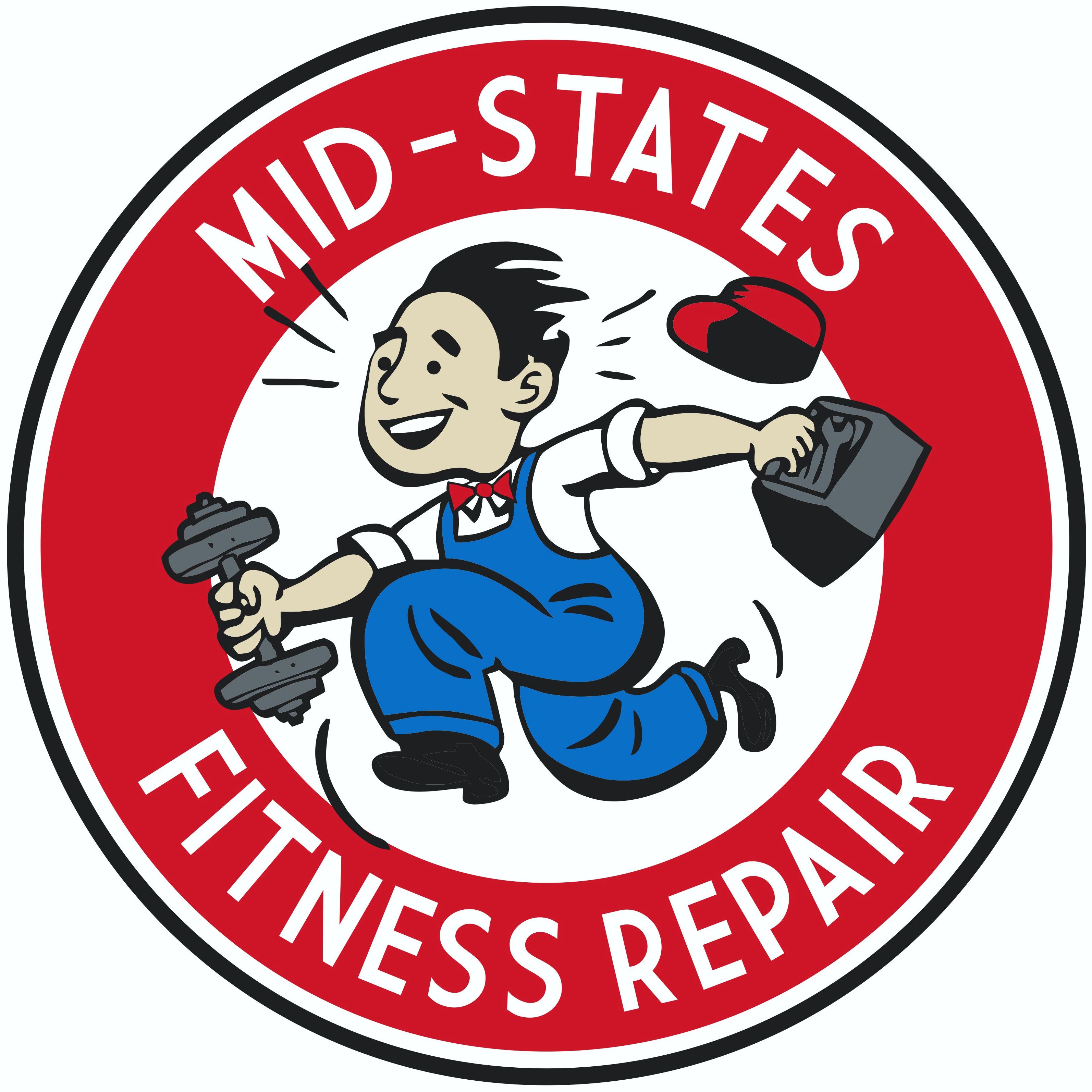When it’s time to replace parts on your fitness equipment you’ll probably be quoted with OEM and Aftermarket Part prices. These prices can vary greatly but why??
OEM stands for original equipment manufacture and when you order an OEM part you’ll receive a part sourced from the equipment maker. These parts will match the parts your equipment had when it was new and probably come with a warranty from the manufacture.
Aftermarket parts are made by other supply companies that try to mimic the original product. Aftermarket parts generally cost less but can vary in quality. While some aftermarket parts are as good as OEM it is best to assess the part and how the part will be used.
Our certified technicians can answer any questions about the difference between Aftermarket and OEM. Below are some pro’s and con’s for both.
AFTERMARKET PARTS
PRO’s
- Less Expensive: Aftermarket parts are generally less expensive than OEM parts. Savings could be significant but if a price seems to too good to be true ask “why?”.
- Variety: Aftermarket parts are usually made by reverse-engineering the OEM part, sometimes this means fixing some original weaknesses. Shopping aftermarket means you’ll have variety of shops and pricing.
- Availability: After a number of years manufactures will stop producing parts. If you have an older piece of fitness equipment aftermarket parts will be easier to find and could save money.
CON’s
- Varying Quality: Aftermarket parts are not made by the original manufacture and might not function as well as OEM parts
- Too Much Variety: Manufactures that product aftermarket parts usually do so in mass production and make one piece that could work for many different makes or models of machines. Not all aftermarket parts are created equal and may not be the quality or to the specifications that are needed.
- No Warranty: This part could come without a warranty.
OEM PARTS
PRO’s
- Quality Assurance: These parts are designed and sourced by the original manufacture to function like the original part.
- Easy To Choose: All OEM Parts are created equal. Don’t spend time shopping around for quality when you shop OEM.
- Warranty: Most manufactures offer warranty on their OEM Parts.
CON’s
- Cost: OEM Parts are likely to cost more than Aftermarket Parts but remember when quality matters!
- Limited availability: Manufacture will only produce and stock parts for specific makes or models for so many years. After production has stopped on an OEM Part it may become difficult to find.
